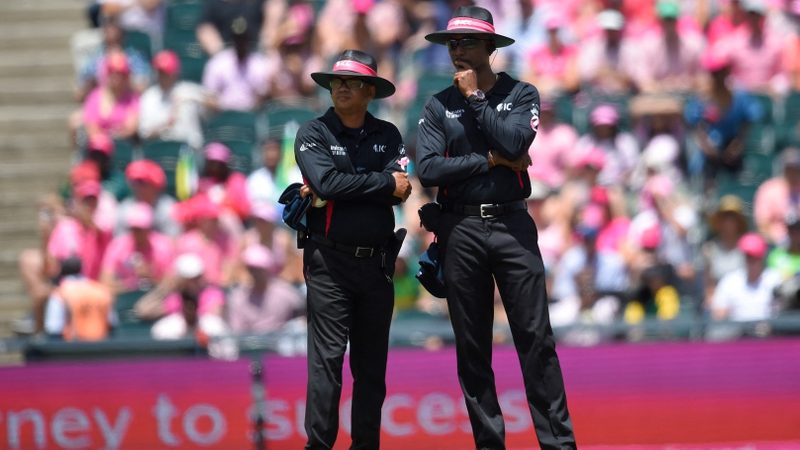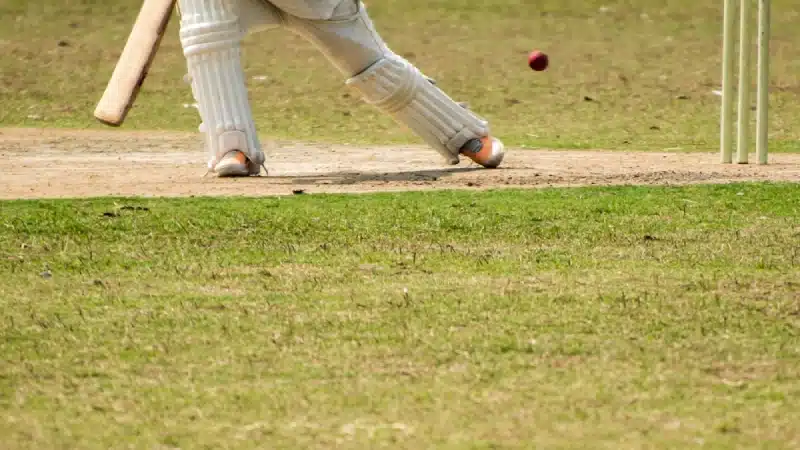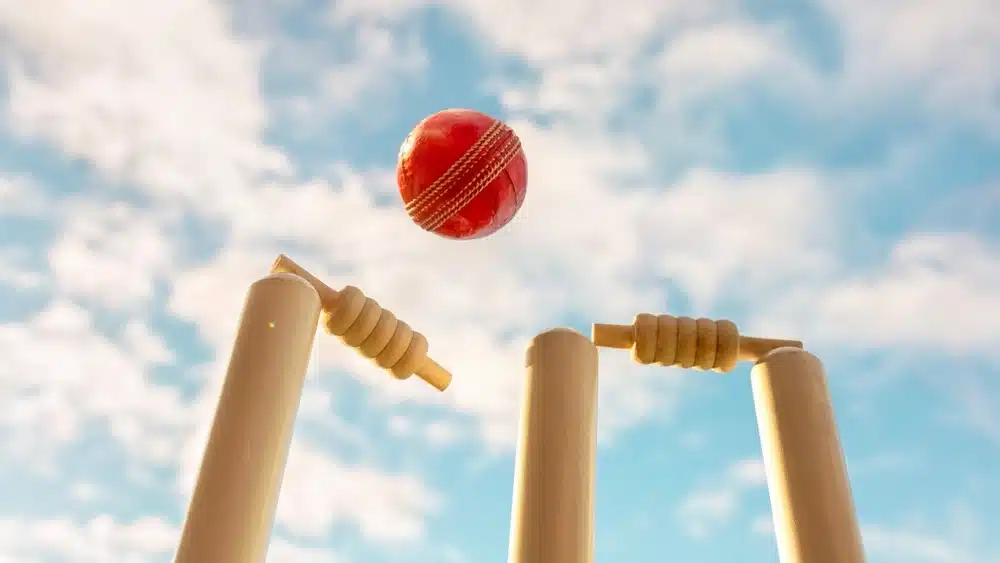
Indian batter Suryakumar Yadav, during India’s fourth T20I against England at Ahmedabad’s Narendra Modi Stadium, scored his maiden T20I half-century but had to walk back to the pavilion owing to a soft signal.
The top-order batter had hit Sam Curran for a long shot only for Dawid Malan to scoop in for a catch. The on-field umpire had initially deemed it out, but referred to the third umpire for a referral as the ball appeared to have grazed the ground under Malan’s clutch.
With the TV evidence not being conclusive, the batter was given out due to ‘soft signal’.
Explained: What is a soft signal in cricket?
Earlier, whenever there was a tight call during the match, let’s say a close catch, the on-field umpires had to come up with a decision often based on their intuition. In Suryakumar Yadav’s case, the umpire had given out. That intuition is what is known as a soft signal.
Basically, the field umpire has to take a call before referring the decision to the third umpire. If contested, the TV umpire then took a closer look at the incident from every angle possible and in slow motion to come up with a conclusion. But if the TV umpire himself was indecisive about it, the soft signal decision that was earlier made by the on-field umpire was upheld.
The soft signal rule in cricket could only be overturned if the TV umpire has irrefutable evidence. During Suryakumar Yadav’s dismissal, there were several doubts about whether the ball had actually touched the ground or not. Or to put it another way, there was no way of finding conclusive evidence to prove that the ball had indeed touched the ground.
As a result of the ambiguous nature of the soft signal decisions by umpires in cricket, there had been several debates over why the soft signal in cricket even existed in the first place. When the decision went up for the referral, the video shown was a two-dimensional representation and this is exactly why the umpires asked for side views.
The reason an umpire has to give a soft signal is documented. On the replays, even clean catches look not out because it is a 2D image of a 3D event. Hence, umpires look at whether the fingers are under the ball. It is a grey area but tech has no answer for now. Need 3D cameras?
— Harsha Bhogle (@bhogleharsha) March 18, 2021
“The reason an umpire has to give a soft signal is documented,” noted commentator Harsha Bhogle explained on his Twitter page. “On the replays, even clean catches look not out because it is a 2D image of a 3D event. Hence, umpires look at whether the fingers are under the ball. It is a grey area but tech has no answer for now. Need 3D cameras?”
It’s a debate Harsha had weighed in on before as well.
“The reason the soft signal was introduced was that a lot of clean catches were being adjudged not out because the TV replays were inconclusive,” Harsha explained a couple of years ago. “To get over that, the soft signal became the benchmark which had to be conclusively overturned.”
Former international umpire Simon Taufel had previously spoken about the rule as well. Other arguments were made on the fact that players celebrating a certain incident may affect or influence the decision.
“If the fielder goes up and actually celebrates they usually get given out and if you’re a bit apprehensive of what’s happened they normally get given not out,” former Australia captain Steve Smith reckoned.
However, with so many different points of view with regard to the soft signal rule, the International Cricket Council (ICC) on May 15, 2023, decided to do away with the contentious rule as it ended up creating more confusion than providing clarity for umpires, thereby defeating its purpose in the first place.
"The committee deliberated this at length and concluded that soft signals were unnecessary and at times confusing since referrals of catches may seem inconclusive in replays," Sourav Ganguly, the head of ICC's Men's Cricket Committee, said.
Going forward when there are doubts regarding a catch taken by a player, the on-field umpires need not give any soft signal to the TV umpire unlike before when they had to follow their guts and make an intuitive call.
This change means that the TV umpire and the on-field umpires will have to consult each other before any decisions are made.
This change in the rule that essentially abolishes the soft signal rule in cricket will come into effect on the international stage from June 1, 2023, when England takes on Ireland in a Test match at the Lord's cricket stadium.
It's also worth mentioning that the world-renowned Indian T20 League had done away with the controversial soft signal from the 2021 edition of the tournament.
Feature image courtesy: AFP / Christiaan Kotze




















